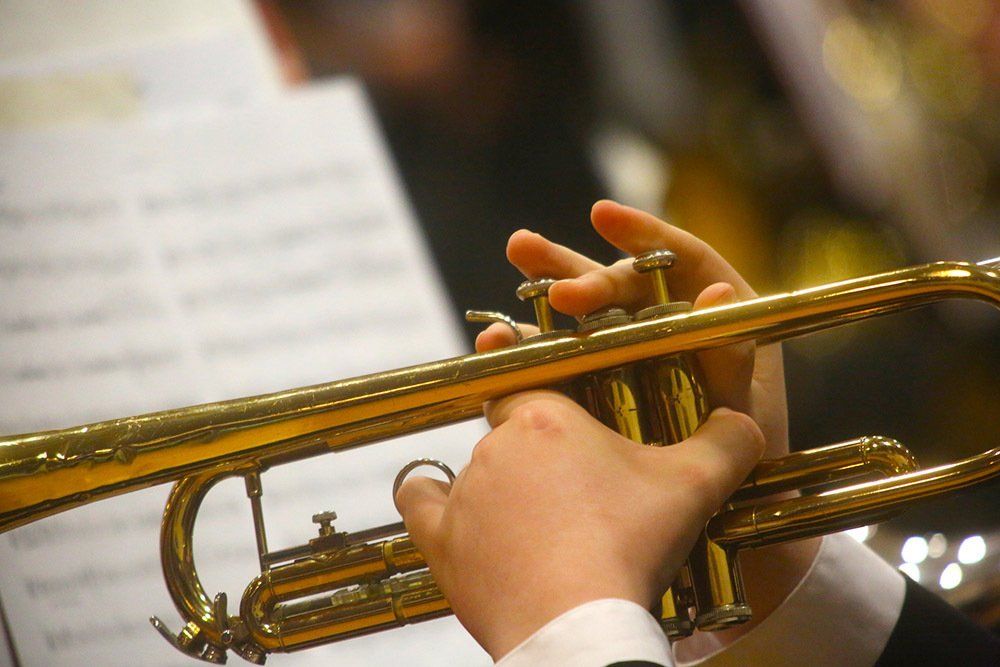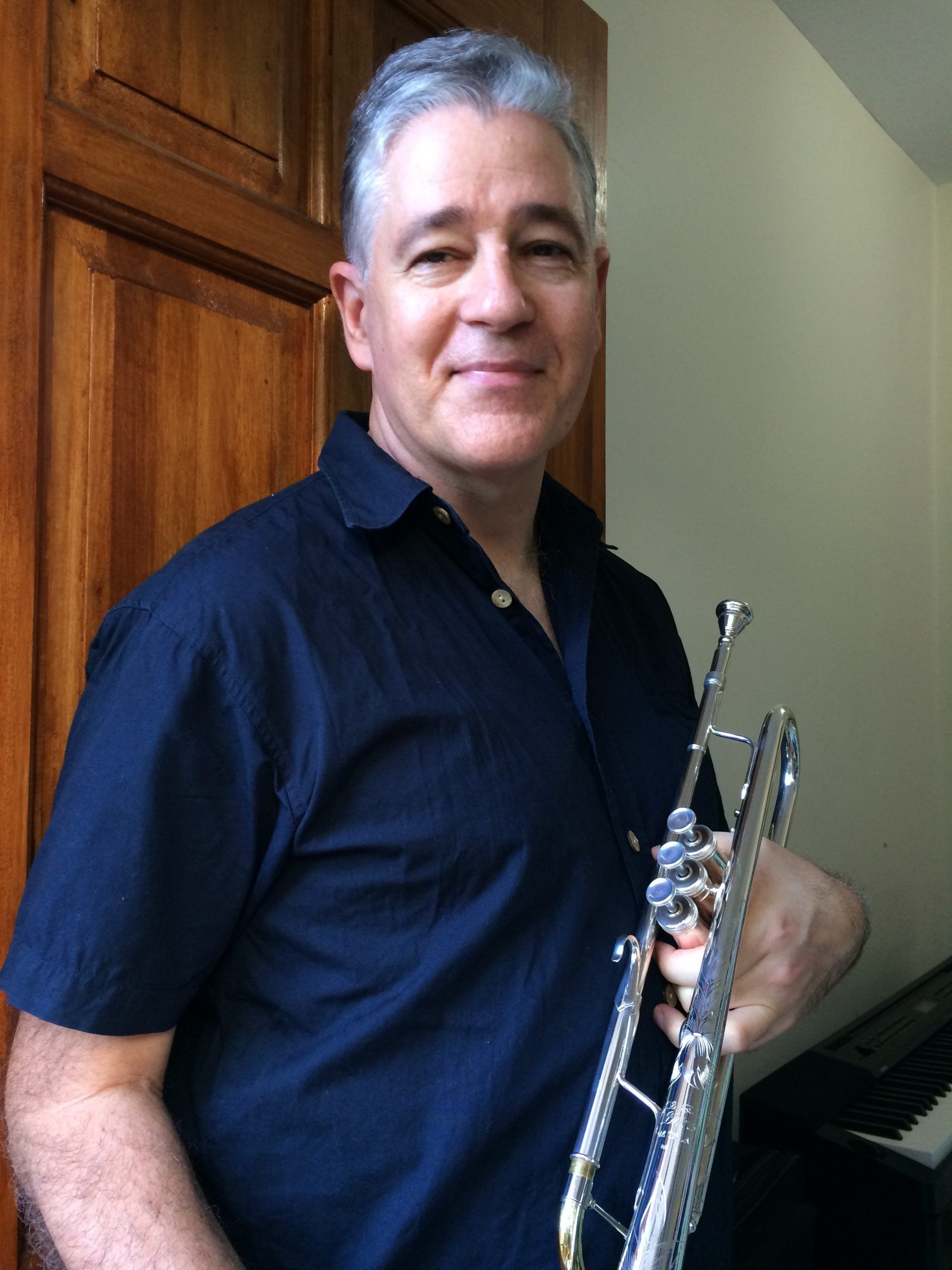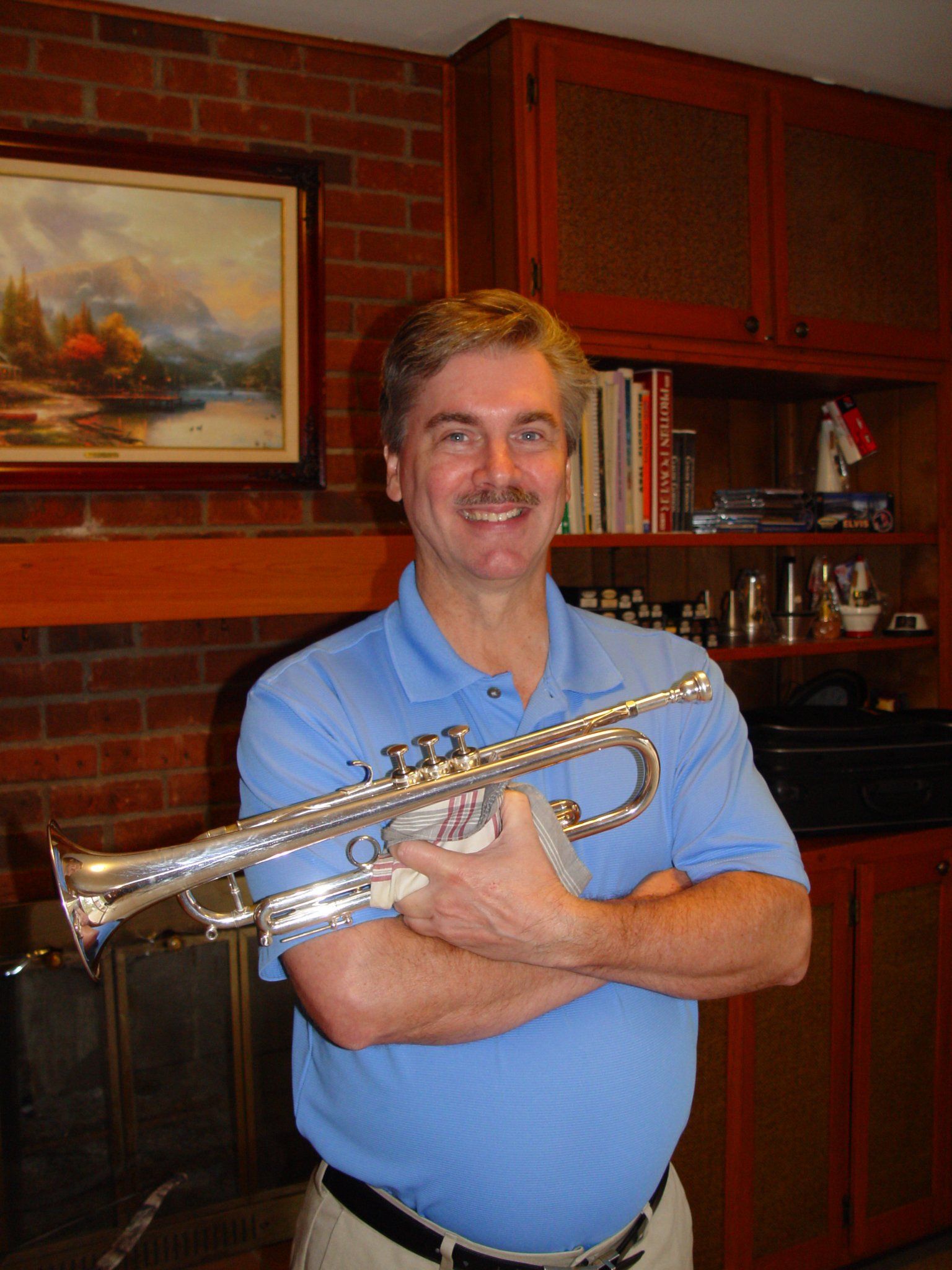WHAT IS THE CLAUDE GORDON “METHOD”?
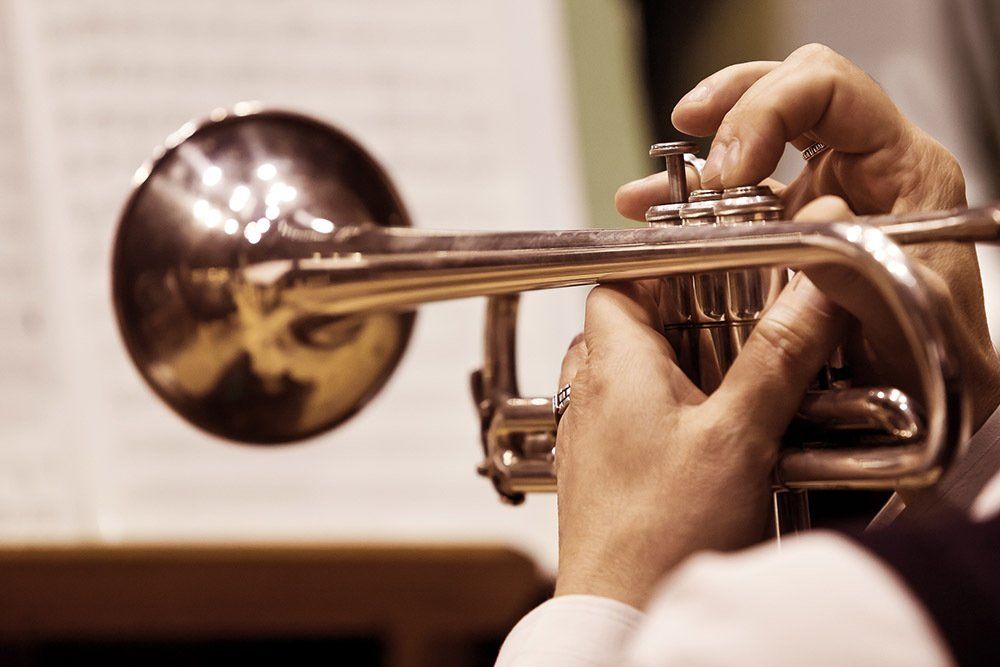
I believe that there has been quite a bit of confusion over the phrase “the Claude Gordon method.” In reality, what Claude Gordon taught regarding playing a brass instrument was not new and was
not really a “method.”He would tell you this. He would tell you that his teaching was squarely based upon the foundation of the teachings of Herbert Clarke and the other great virtuosos of the last two centuries, all the way back to Arban and Saint Jacome. Claude taught us that the great virtuosos of the past all played basically the same way, and that even though certain players might
look a little different on the outside, on the
inside, where things
really matter, the greats all did it the same way. Sometimes, a great player can’t even explain how he does it! But thanks to Herbert Clarke, Arban, Saint Jacome, and others, we can learn from what they have passed on and save ourselves a lot of time and grief.
Claude’s teaching regarding breathing, mouthpiece placement, tongue position, etc, can all be traced back to these great masters. And they were great! Every year, on the last day of the Claude Gordon International Brass Camp, Claude’s lecture would include having us listen to early recordings of the great cornet virtuosos of the turn of the century, around the year 1900 and a little later. Many of these recordings were before electricity, done mechanically on wax cylinders. Some of the names I remember are: Jules Levy, Bohumir Kryl, Kemp, Del Staigers, Herbert Clarke, Arthur Pryor. I practically fell out of my chair at how these guys played! It was astounding! They had range in both directions, from below second pedal C to beyond double C, incredible technical ability, speed, amazing intervals, and power, and they played on instruments that we might consider to be inferior by today’s standards. Even though the audio quality of these recordings was not “hi-fi,” it was still easy to appreciate what incredible players these men were. In spite of our advances in science, instrument design, and instrument construction, few players today have equaled their great feats.
The laws of nature that govern the playing of brass instruments have not changed since the first notes ever played and they never will change! What worked for Clarke and Levy will work for us. We would do well to study what the greats before us discovered. Claude Gordon did this and went straight to the greatest player of his time, Herbert Clarke. Claude became one of Clarke’s most illustrious students.
Claude’s “method” is not about playing on a particular mouthpiece or using only his books. It involves the total player! It is an all-encompassing approach to correct brass playing, utilizing practically every great book that was ever written for brass players. It is all about learning to play correctly. Through no fault of their own, most brass players play incorrectly, having never been taught the right way to do it. Whenever I start a new student, I usually notice poor breathing, incorrect mouthpiece placement, poor finger technique, and lack of tongue level control to name a few of the common issues. I immediately begin the process of building wind power, correcting the mouthpiece placement, training the tongue to work correctly, building right hand strength and coordination. Many changes result in immediate results, while the other changes come from correct practice over time.
Claude Gorden’s systematic approach to brass playing uses common sense and logic. There is no hype or mystery. The student will gain an understanding of how the natural physical elements of brass playing work. The student is taught
how to practice, what to practice and
when to practice. Practicing on the right material in the right way at the right time will always bring the
right results.
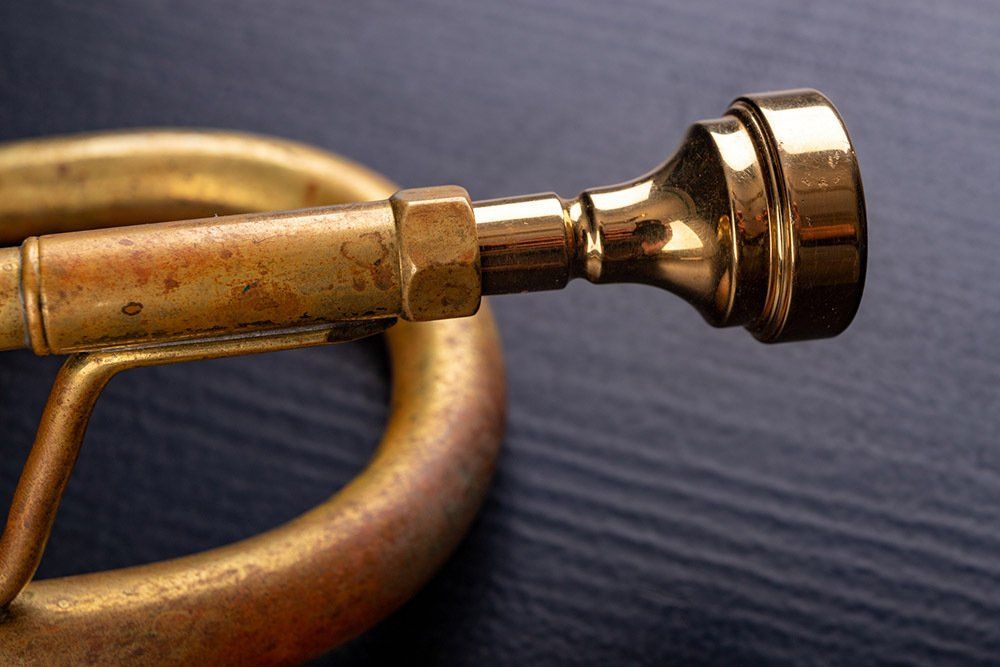
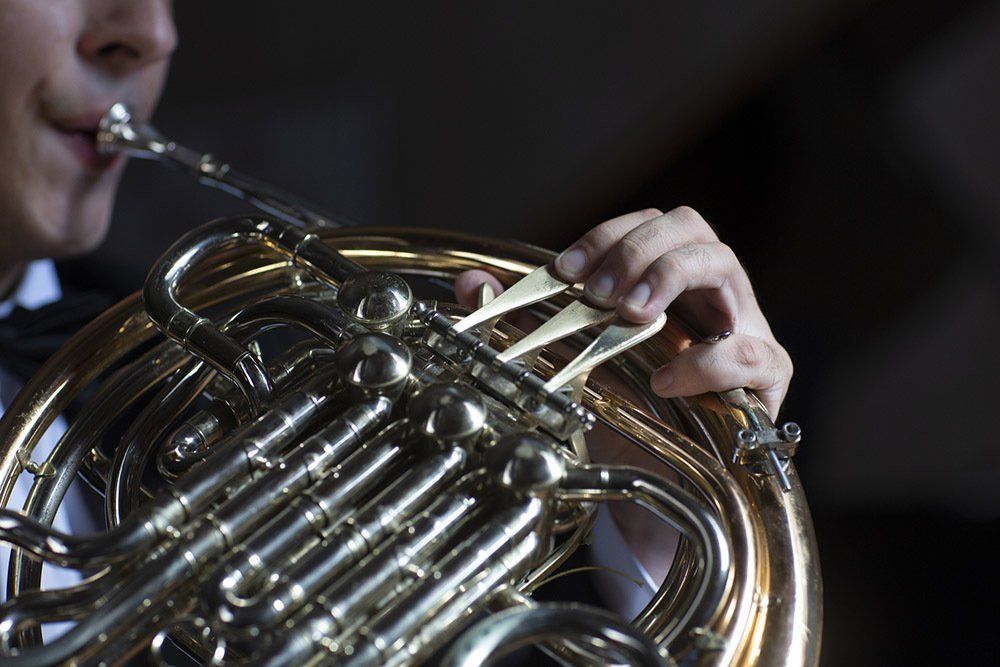
-
Button
BRUCE WITH JEFF BEIGHTS
Fort Wayne, Indiana
-
Button
NICK CABBINESS
Philippines
-
Button
SCOTT HEIMLICH
Cincinnati, OH
-
Button
CHRIS HEALY
Brisbane, Australia
-
Button
SAMMI AND SARA M.
Cincinnati, OH
-
Button
BOB DREYER
Florence, KY
-
Button
DALE LIERMAN
Hamilton, OH
-
Button
THOMAS KIERAN
Oak Ridge, NJ
-
Button
JARED C. AND TOMMY B.
Cincinnati, OH
-
Button
KEVIN THORNTON
Cincinnati, OH
-
Button
JOHN CHALMERS
Auburn, Indiana
-
Button
D.D. “DOC” KELSEY
Austin, TX
CONTACT INFORMATION
Phone: 513-795-9234
Email: b.haag@cinci.rr.com
Address: 618 Vincennes Ct Cincinnati, OH 45231







Venmo, Zelle
BUSINESS HOURS
- Mon - Fri
- -
- Saturday
- -
- Sunday
- Closed
By appointment only

